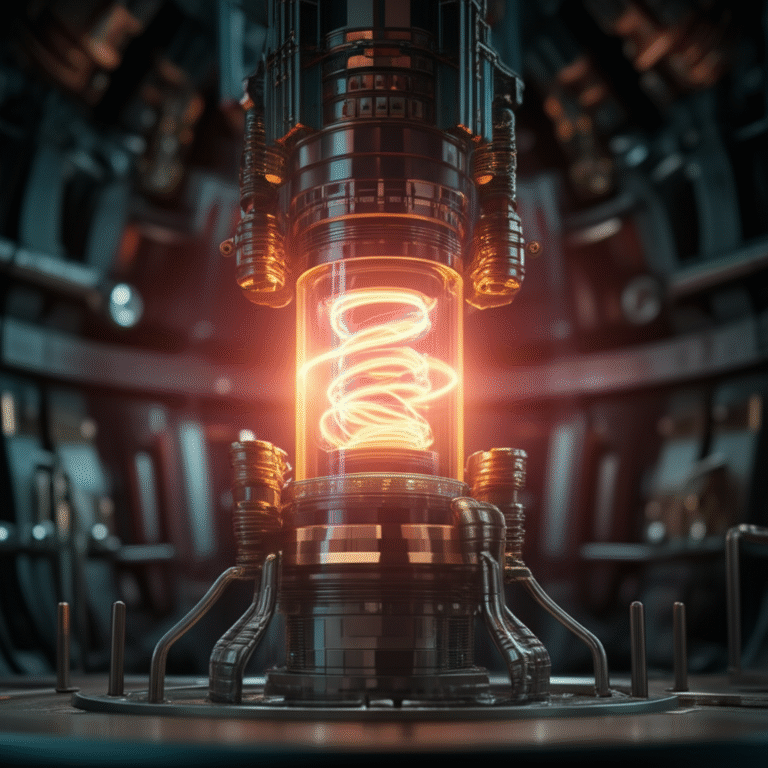For decades, the dream of harnessing the power of the sun on Earth has tantalized scientists and policymakers alike. Fusion energy, the process that powers stars, promises an almost inexhaustible supply of clean energy with minimal radioactive waste. News from a prominent international research laboratory suggests that this long-held aspiration is now closer than ever to becoming a tangible reality. A recent announcement highlights a monumental achievement: the successful demonstration of a sustained fusion reaction that generated more energy than was required to initiate it, marking a truly unprecedented leap in this challenging field.
This breakthrough isn’t just another incremental step; it represents a pivotal moment in energy research. Previous experiments often consumed more energy to create the conditions for fusion than the reaction itself produced. The ability to achieve a net energy gain, even if for a brief period, validates theoretical models and experimental designs in a way that truly opens new pathways for development. It underscores the immense dedication and ingenuity of scientists who have relentlessly pursued this goal, grappling with extreme temperatures and immense pressures to mimic stellar processes within a confined laboratory setting.
The implications of this advancement are profound and far-reaching. Imagine a world no longer reliant on finite fossil fuels, liberated from the geopolitical complexities of energy supply, and significantly mitigating the impacts of climate change. Fusion power could offer a foundational shift, providing a stable, high-density energy source that could power cities, industries, and homes with a significantly reduced environmental footprint. This isn’t merely about cleaner electricity; it’s about redefining global energy security and paving the way for a truly sustainable future for generations to come.
While the excitement is palpable, it’s crucial to acknowledge that significant hurdles still lie ahead. Scaling up this laboratory demonstration to a commercial, grid-ready power plant will require overcoming immense engineering challenges, including materials science advancements, efficient energy extraction, and reactor stability over long periods. The path from this groundbreaking scientific success to widespread energy production is still years, perhaps even decades, in the making. Yet, the current achievement provides an undeniable proof of concept, injecting renewed optimism and urgency into global fusion research efforts.
This milestone serves as a powerful reminder of humanity’s capacity for innovation and perseverance in the face of daunting scientific challenges. It beckons us to envision a future where energy abundance fuels progress, alleviates poverty, and fosters global stability. The journey to a fusion-powered world is long and complex, but with this latest breakthrough, the shimmering promise of limitless, clean energy shines brighter than ever before, illuminating a hopeful path forward for our planet.


